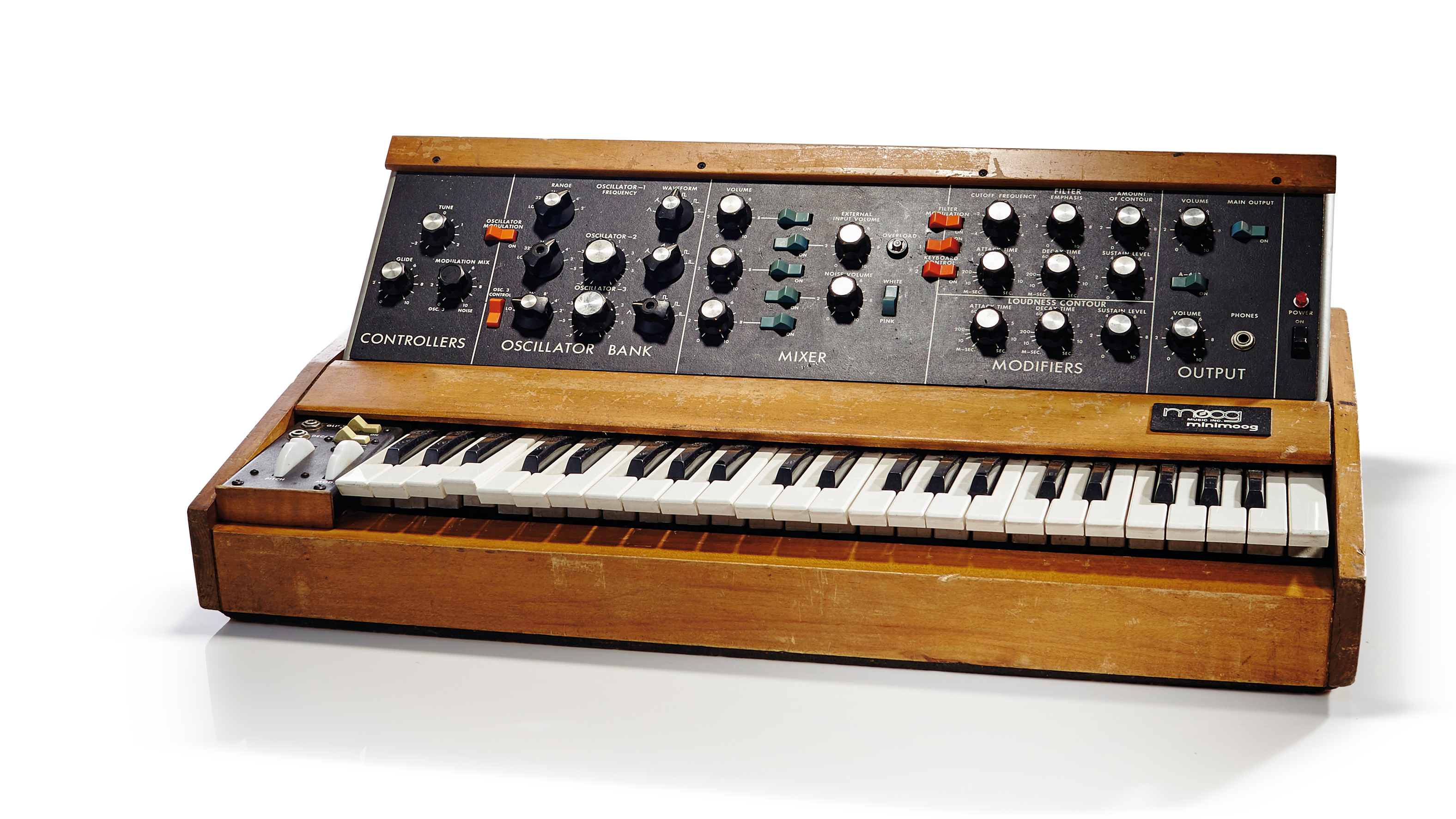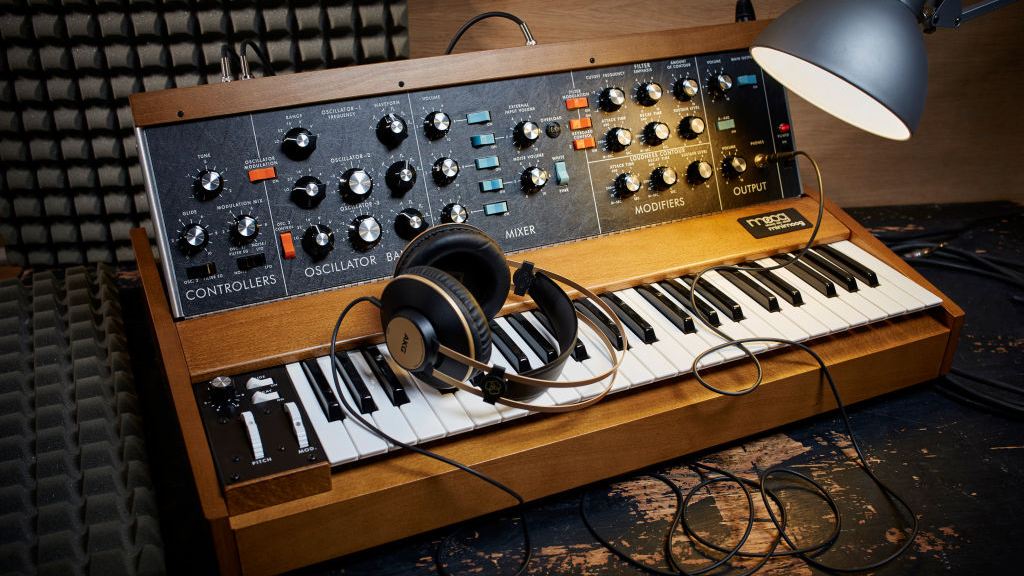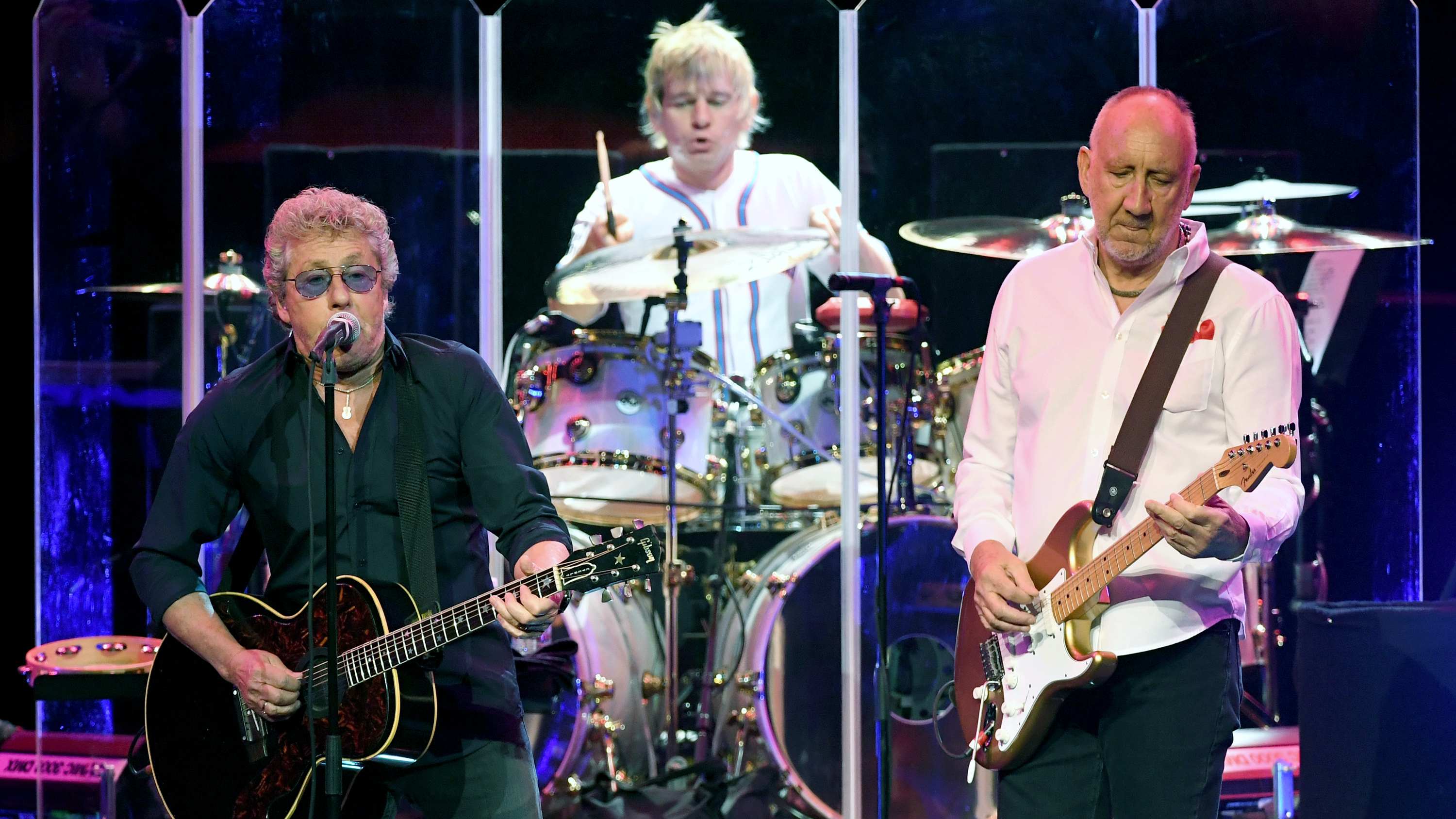10 great things about the Minimoog
Some of the greatest songs, artists and icons that all owe a huge debt to Bob Moog’s wonderful mono

1. Wendy Carlos
Apart from being an incredible musician, Wendy Carlos was a long-time collaborator with Bob Moog. While the creation of Carlos’ Switched on Bach album, and subsequent spin-off albums, was centred around an early Moog Modular, the feedback she offered to Moog at the musical level was imperative for influencing the design of the Minimoog. It was the perfect blend of music and electronics that gave rise to this classic synth.
2. Gary Numan
Gary Numan arrived at a studio with the intention of making a punk album. Located in a shadowy corner of the control room, was a Minimoog, switched on and ready to trigger. Numan walked over to the machine, played a note, and the entire room shook!
By complete chance, the previous Minimoog user had left the synth on a sound that inspired Numan to such a degree, his musical course altered immediately. The Mini is the sound of his infamous track Are ‘Friends’ Electric? and synth pop was born.
3. Prog rock and Rick Wakeman
As well as owning many capes in many colours, Rick Wakeman has been the user of many Minimoogs, with up to nine Minis being owned at one time. During his epic shows, several Minis could be seen lined up, patched and ready for keyboard action.
The Mini’s artistic credentials span far and wide
His extraordinary virtuosic playing, coupled with a genuine love of this classic analogue, meant that Minimoogs could frequently be heard in a soloistic capacity, on much of Rick’s solo output, as well as on his albums while a member of Prog-pioneers Yes.
4. 24db/4-pole ladder filter
While the Mini’s artistic credentials span far and wide, it is the many technical innovations that were way ahead of their time, forging a path where other companies would follow. At the very heart of this was the Moog Ladder filter, with its 24dB/4-pole design, which became the sound that these other companies wanted to emulate. It can sound sweet and harsh; something for every musical eventuality, and with a whole load of character.
5. Kraftwerk - Autobahn
Techno-pioneers Kraftwerk made extensive use of the Minimoog which, during their early career, was the only synthesiser they had. The architecture of the Mini, with its three VCOs, allowed them to create chords, providing the harmonic backbone for their groundbreaking concept album Autobahn.
Get the MusicRadar Newsletter
Want all the hottest music and gear news, reviews, deals, features and more, direct to your inbox? Sign up here.
When they played live, they would frequently have issues with sound systems which would often struggle to handle the Moog’s low end content, without blowing speakers.

6. Overdrive-headphone loop
Despite being more than 50 years old, the original Minimoog continues to inspire. As the original offered no capacity for saving patches, it invited experimentation, and it was this endeavour that resulted in the legendary overdrive loop, where the headphone output would feed the external input.
The construct and signal path of the Mini set the blueprint for a considerable number of synths to follow
The resulting distortion was so inspirational, it can often be implemented in many software versions of the Mini, cable-free!
7. Dr. Dre
As one of the most respected artists in rap and hip-hop, Dr Dre is totally unapologetic for his love of early funk, with Parliament cited as one of Dre’s most influential bands.
Keyboardist and producer Bernie Worrell was the keyboard player with both Parliament and Funkadelic, and is often credited as being one of the leading Minimoog pioneers of the funk era. Hardly surprising then, that Dre picked up the Minimoog baton, for searing leads and deep basses.
8. Michael Jackson - Thriller
One of the most iconic hits of the 70s disco era was Heatwave’s Boogie Nights. Written by the band’s British keyboard player Rod Temperton, their sound and style came to the attention of producer Quincy Jones.
He invited Temperton to work with him on an album for Michael Jackson, called Thriller. Temperton penned the title track, which also features the Minimoog for the bass sound, making it one of the most iconic basslines of all time, and played entirely on the Mini. Just add Vincent Price for scary tension!
9. Herbie Hancock, Chick Corea, George Duke and friends
The Minimoog inspired many keyboard players, but the inspiration of the instrument extended throughout the jazz and funk community. There are so many that we don’t have space to name them all, but three of the finest virtuosi from this era include Herbie Hancock, Chick Corea and George Duke.
Their extraordinary playing of the instrument ranged from funky basses to the most lyrical of improvised leads, against a musical backdrop which takes in so many other legends, including Stevie Wonder. Not a bad roll-call for a 50-year-old monosynth!
10. Inspiration!
The Minimoog has gone down in history; it is arguably the most iconic synth of all time, but its inspiration reaches far and wide, but not just musically. The construct and signal path of the Mini set the blueprint for a considerable number of synths to follow.
So many companies wanted their own Minimoog, but Bob had set the bar so very high that it was the toughest of acts to follow. Influential innovation followed, giving diversity of sound and design, but it was the Mini that lit the touch-paper, sealing its status forever.


Computer Music magazine is the world’s best selling publication dedicated solely to making great music with your Mac or PC computer. Each issue it brings its lucky readers the best in cutting-edge tutorials, need-to-know, expert software reviews and even all the tools you actually need to make great music today, courtesy of our legendary CM Plugin Suite.
“Excels at unique modulated timbres, atonal drones and microtonal sequences that reinvent themselves each time you dare to touch the synth”: Soma Laboratories Lyra-4 review
“A superb-sounding and well thought-out pro-end keyboard”: Roland V-Stage 88 & 76-note keyboards review










